Prehistoric Times – Corfu in Mythology

Corfu has still inhabited since the Stone Age when it was mostly connected to the mainland. The present-day water body that separates it was once a modest lake until rising sea levels, triggered by melting glaciers around 10,000-8000 BCE, transformed Corfu into an island.
Evidence of Paleolithic life dots Corfu, with discoveries near Agios Mattheos in the southwest and Sidari in the northwest. Mythology adds flair to Corfu’s name, suggesting it stems from the nymph Corcyra, daughter of the river god Asopos, abducted by Poseidon and immortalized in the island’s nomenclature.
Mythical roots intertwine with historical narrative, introducing figures like Phaeakas and Nafsithoos, while Homer’s Odyssey brings King Alkinoos and his helpful daughter Nausikaa into the mix.
Corfu, identified as Scheria in Homer’s Odyssey, is the mythical island of the Phaeacians. These skilled seafarers are renowned for their magically swift ships, navigating without steering wheels.
When Odysseus arrives after numerous trials, King Alkinoos and his daughter Nafsika warmly welcome him. Odysseus recounts his adventures, impressing the king, who offers him a ship to aid his return to Ithaca.
The Phaeacians’ hospitality and advanced ships significantly aid Odysseus on his journey home, contributing a fantastical element to the epic tale.
A note of caution: Much of this tale resides in Greek mythology rather than historical certainty. The origin of the Phaeacians, tied to the Mycenaeans by Homer, lacks concrete evidence, as recent archaeological ventures haven’t unearthed Mycenaean relics on the island.
As centuries rolled on, Corfu became a melting pot, welcoming immigrants from Illyria, Sicily, Crete, Mycenae, and the Aegean islands, each contributing to the island’s evolving narrative.
The Ancient times – the first Greek colonization

Around 775 BCE, the written history of Corfu officially begins with the arrival of Dorians from Eretria of Euboea. This initial settlement saw a significant boost in 750 BCE when Dorian refugees from Corinth, led by Hersikrates, established a robust colony.
Corinthian influence expanded, giving rise to colonies like Epidamnos in ancient Illyria (now Dyrrachium in Albania) and the city of Corfu in present-day Garitsa and Kanoni peninsula.
In 492 BCE, Corfu town, or Kerkyra in Greek, marked a milestone by being the first Greek city-state to build a fleet of triremes. The harbor, now the site of the modern airport, housed this formidable fleet, second only to Athens in ancient Greece, boasting over 300 triremes.
Corfu’s expansion led to a clash with Corinth, resulting in the first naval battle in 680 BCE. After the Corinthians’ failed attempt to occupy Corfu, the Athenians recognized the island’s naval strength and formed a defensive alliance, sending triremes for support.
This alliance endured through the Peloponnesian War, where Corfu actively supported Athenian interests. In 435 BCE, a Corinthian fleet of 150 ships challenged Corfu, but with Athenian assistance, the Corinthians retreated.
In 375 BCE, Corfu joined the Athenian Confederation, playing a role noted by historian Thucydides in the Peloponnesian War, contributing to Greece’s weakening and fracturing.
The war’s inevitability was rooted in Sparta’s concerns about Athens’ expansionist policies. Corfu’s history became intertwined with broader conflicts, leaving an indelible mark on the ancient Greek landscape.




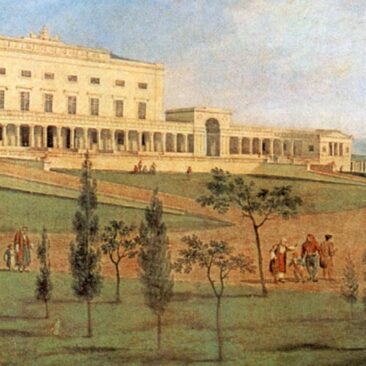

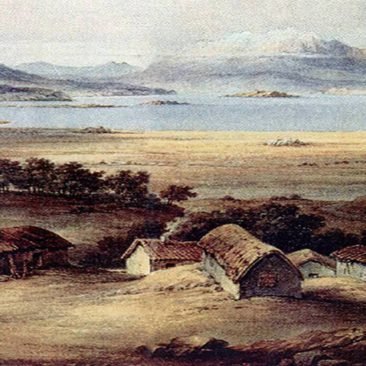

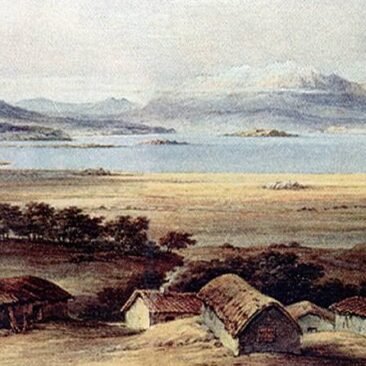
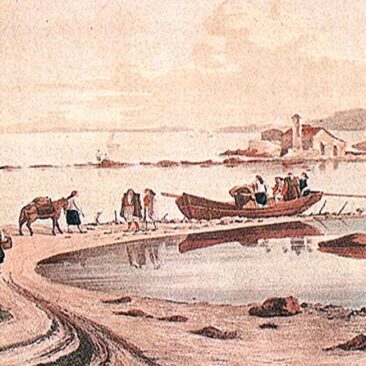

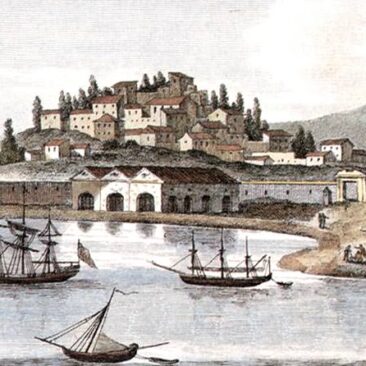
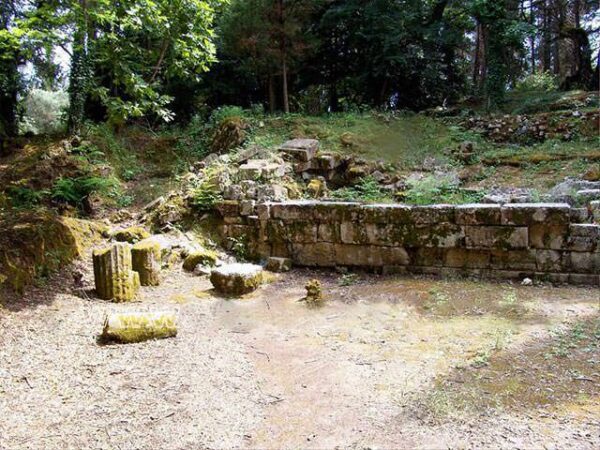
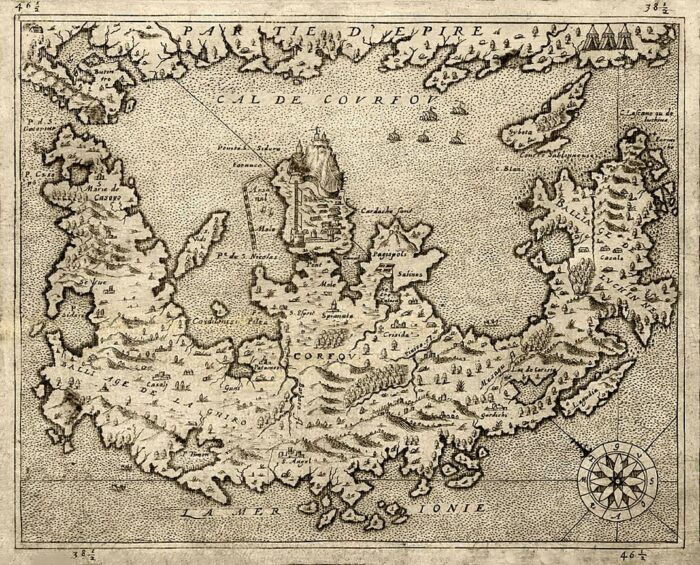
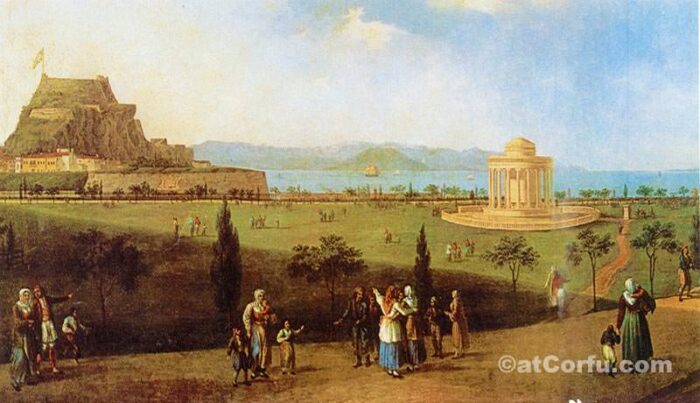
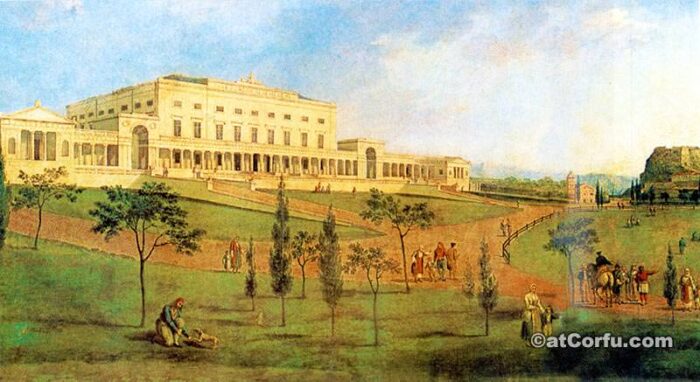
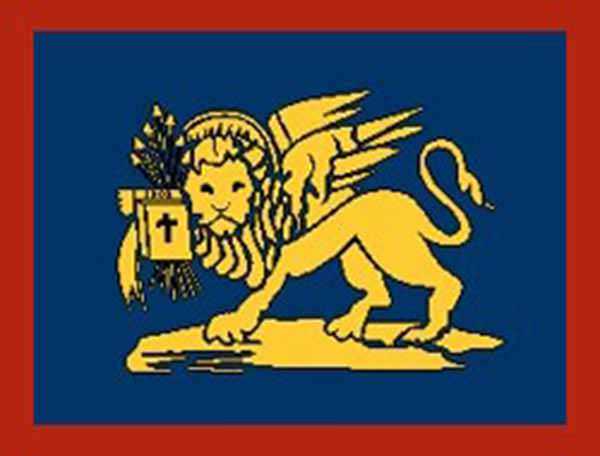
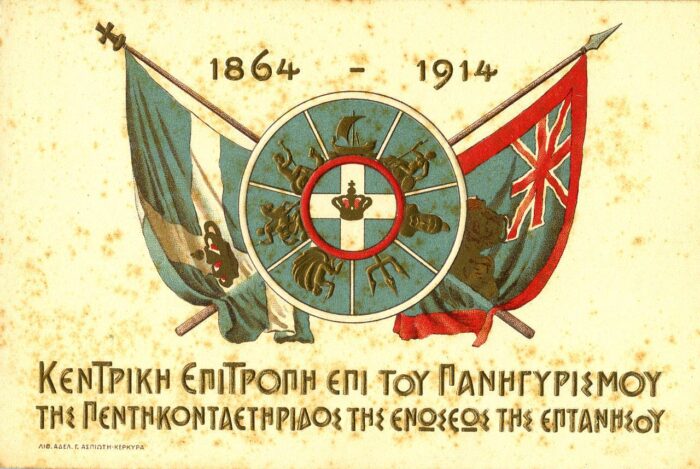
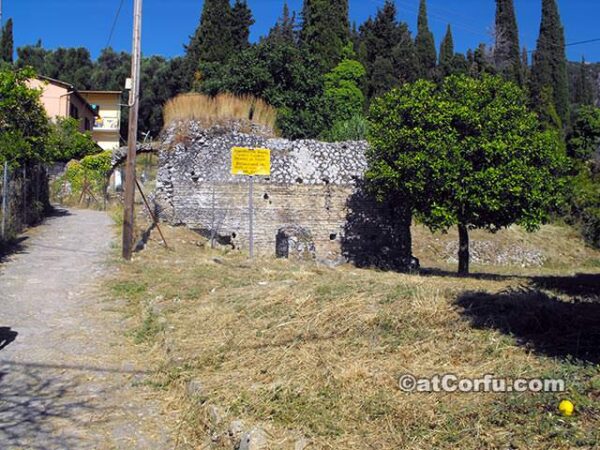

Comments